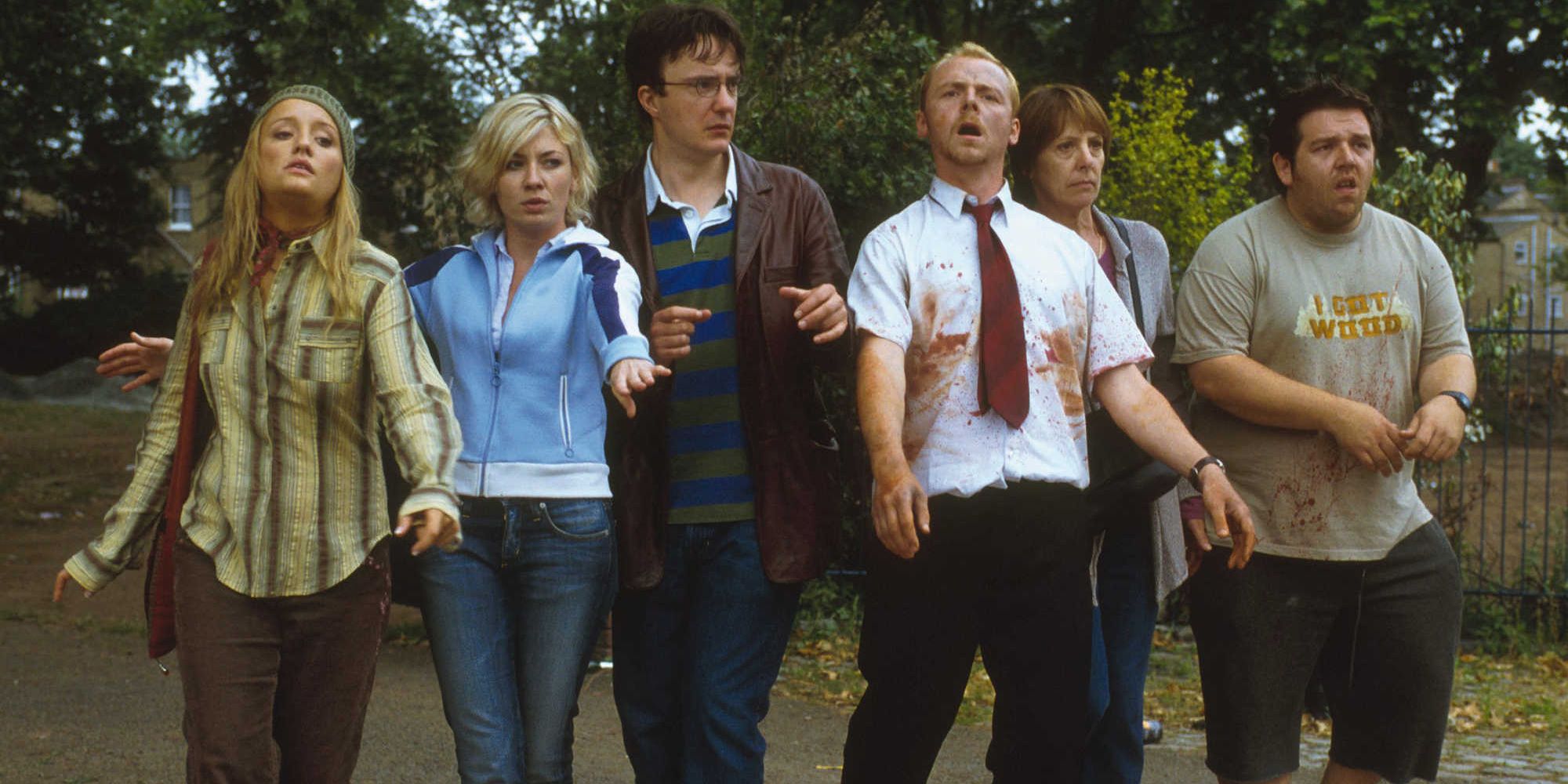Based on one of the most long-lasting creatures within the horror genre, zombie movies have seen a decline in recent years – not in popularity, but their effect on audiences to the point where they just aren’t scary anymore.
During times of crisis and pandemic, zombie movies are, in some ways, more popular than ever. However, they lack the thrill and scares of the early era of George A. Romero’s classic Night of the Living Dead and the subsequent sequels; these movies came at a time when horror audiences had a deep-seated fear of ‘the other’ and lacked the same understanding of death because they weren’t as surrounded by it or as desensitized to it as people are in 2020. Horror is one of the most mutable, ever-changing movie genres in existence, and has always cushioned itself against the backbone of society, working with the trends of culture, sociological, and psychological growth. In the 1970s and 1980s, the increasingly popular slasher genre was a direct commentary on the youth of America being wild, reckless, and turning to drugs and promiscuity. Similarly, these films lack the same effect as zombies do; it’s just no longer as relevant to society’s fears, so it has had to adapt.
While there’s no shortage of zombie media for consumption, both on the big and small screen with television series like The Walking Dead dominating networks for the past decade, there’s been a shift in focus. No longer are people scared of the zombies or “walkers” that amble around in the background, a persistent threat that never really leaves, but nobody truly fears. On The Walking Dead, even children are trained to hunt and kill zombies. Before, the mere sight of a re-animated corpse slow walking toward someone was enough to elicit goosebumps, but no longer.
Zombie Movies Just AREN’T Scary Anymore – Here’s Why

Zombie movies have shifted in two directions: the post-apocalyptic backdrop and toward a more comedic lean. The latter has been heralded in by movies within the horror-comedy crossover genre such as Shaun of the Dead, which has become one of the most iconic zombie movies of all time. More recently, Hulu original movie Little Monsters, which starred Lupita Nyong’o (Us), pitted a schoolteacher and a washed-up musician against a zombie horde while taking a group of children on a field trip. Little Monsters included Taylor Swift songs played on ukulele, a profane children’s television show host, and lots of zombie violence. However, this all looped around a light-hearted thread throughout the narrative which made the violence more entertaining and even laughable rather than something to fear. Zombieland opened with rules to assist normal people in their attempts to survive a zombie apocalypse and featured a “zombie kill of the week” segment.
The post-apocalyptic angle, which is seen in movies like Train to Busan and television shows like The Walking Dead, leaves zombies in the background and pivots more to focus on other horrifying elements like a lack of a ruling government leaving the survivors to form their own groups that prey on each other opportunistically or showing how a full societal collapse can effect people as the world slowly falls apart around them. In Train to Busan, the zombies are more terrifying because of the claustrophobic aspect of being trapped on a light rail with the creatures, but even this can be as easily subverted by staying still, quiet, and closing a door. Train to Busan features very human monsters, too, which are depicted through the societal fallout and the human will to survive selfishly at any cost, no matter what other lives must be risked in the process.
The shift in focus has taken the terror out of zombie movies to some extent, though the creativity of directors and writers who still hold a soft spot for the long-lasting genre has kept it alive. These movies remain a continuing element of the genre even though the creatures themselves have been reduced to more of a light-hearted take on what was once one of the scariest monsters horror movies had to offer.




